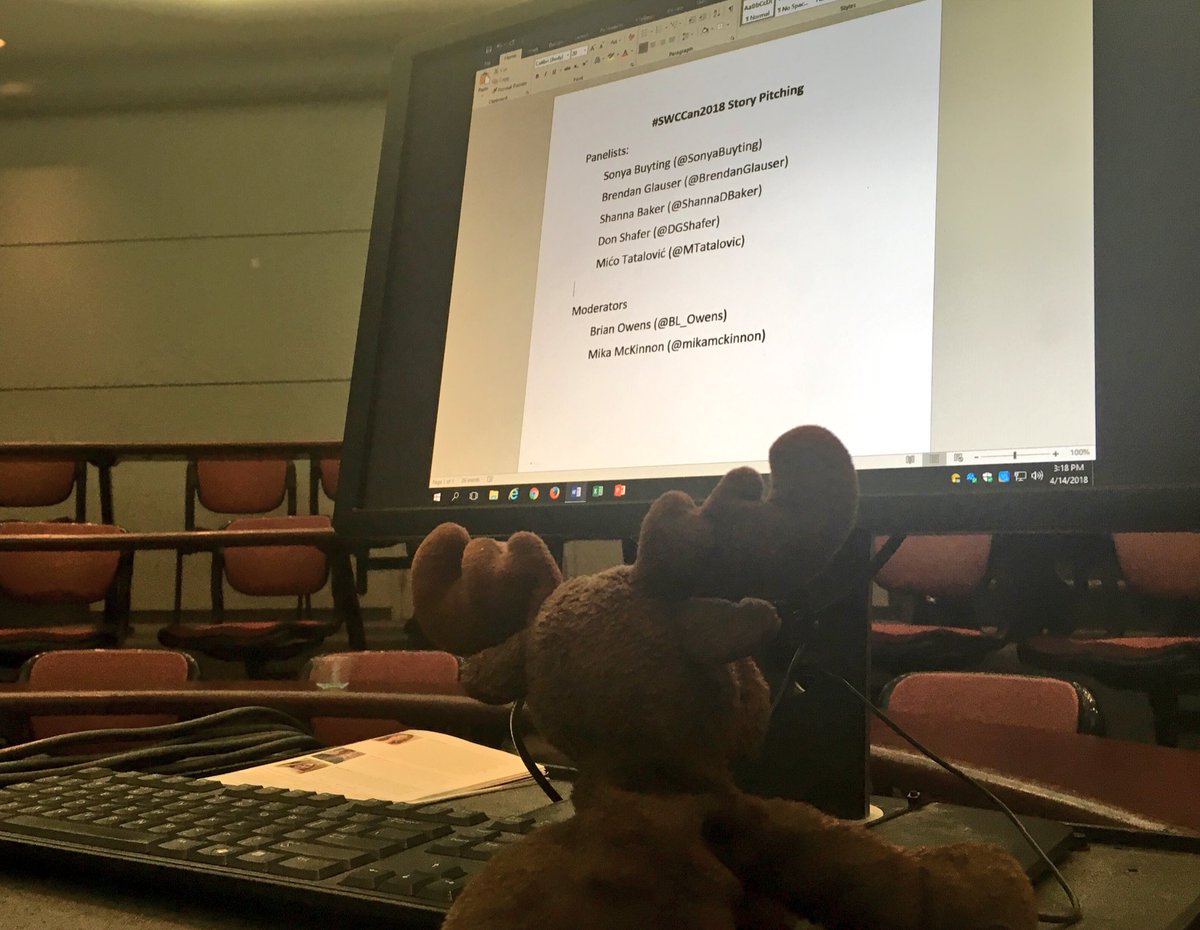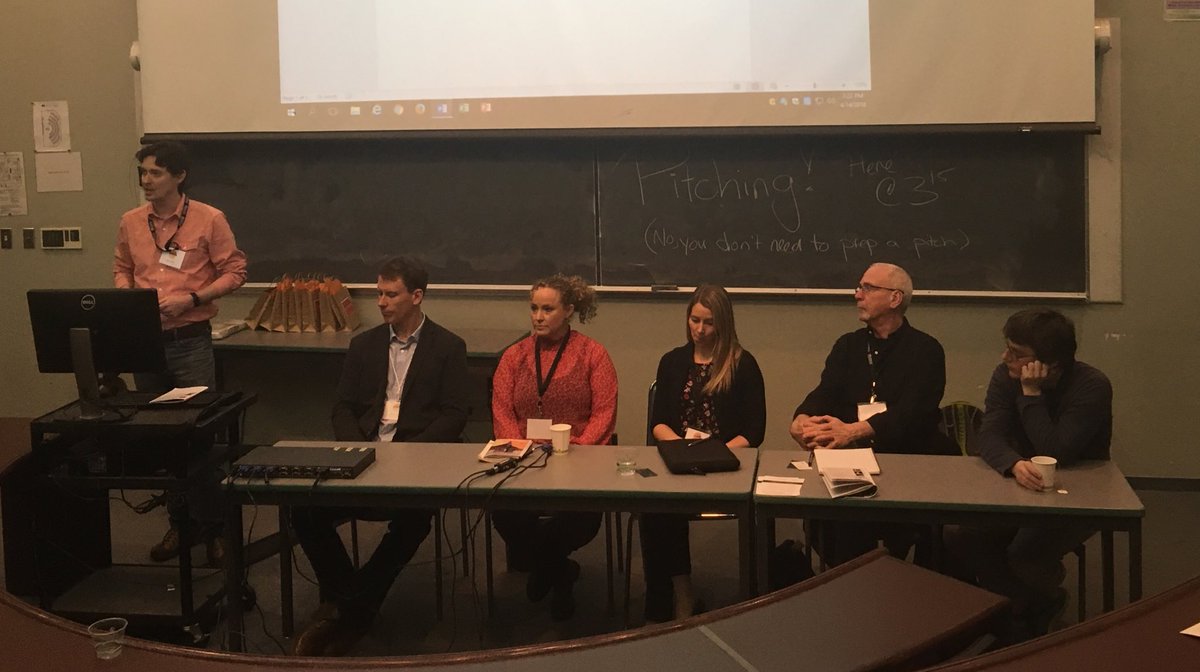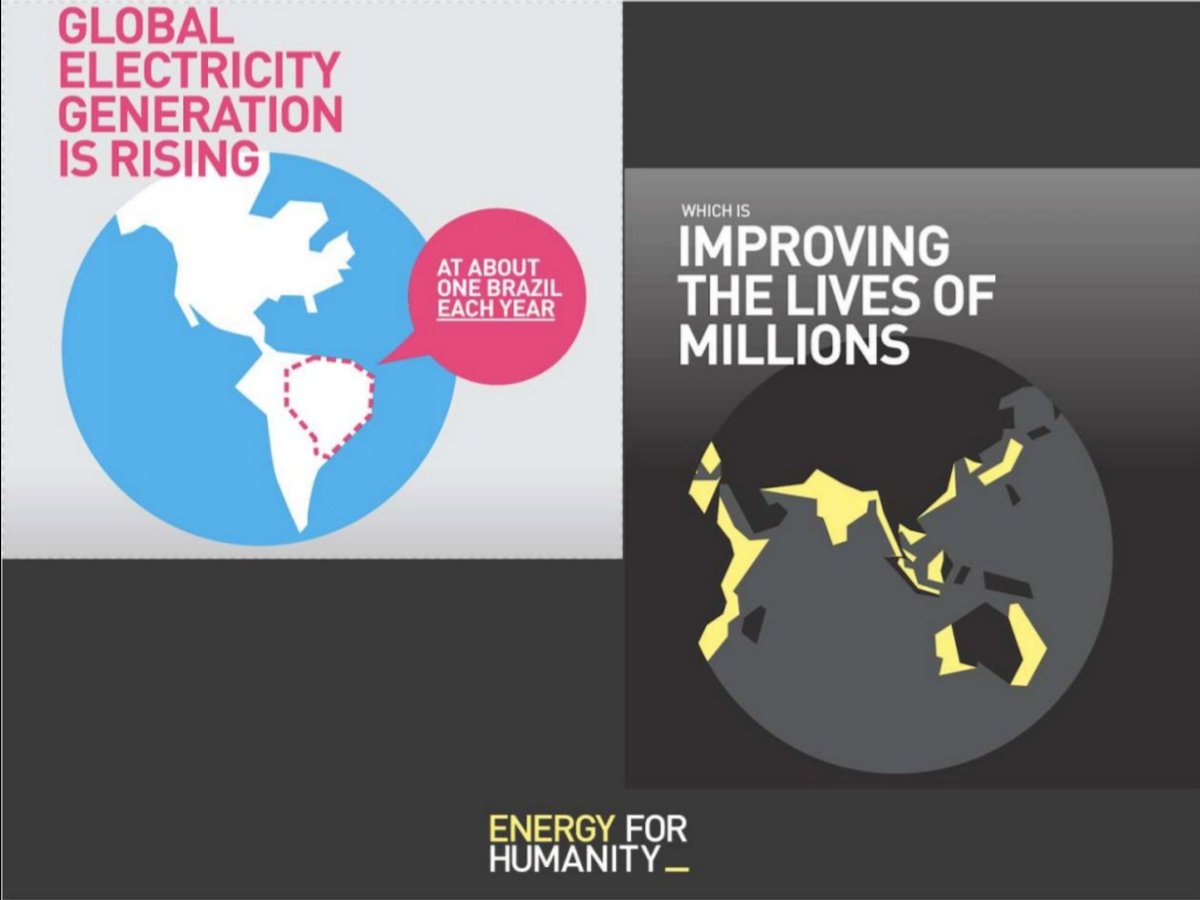Buyting is currently radio (Quirks & Quarks), formerly TV
Glauser is currently nonprofits (David Suzuki Foundation), formerly marketing, radio, & TV
Baker is online magazine (Hakai) & photographer
Tatalović is daily news (freelance), formerly print magazines.
*Misspelled in root tweet, whoops!
A: No! This is about HOW to pitch, with a few brave souls pitching in public to get constructive criticism on how to pitch better.


@BrendanGlauser: At @DavidSuzukiFDN, it’s mostly responses (to news, policy...) with a bit of original research.
@BrendanGlauser: You always, always need to think what the visuals will be.
Both @SonyaBuyting & @dgshafer agree it’s really tough; almost all stories are developed in-house after internal pitching.
@ShannaDBaker: Try to cover all major science fields, then a mix of “Oh, wow!”, features, natural history dives, and a scattering of the science of hot buzzy news.
@SonyaBuyting: It MUST be coastal with a strong narrative and a strong “So what?” and NO regurgijournalism (things widely covered elsewhere)
@dgshafer Daily news has thousands of radio guests a year following the news cycle (including science). More evergreen content sticks around as podcasts
@MTatalovic Read the publication pitch guidelines (newscientist.com/in209-guide-fo…)! & take advantage of @Open_Notebook’s Pitch database yo learn what NOT to do.
@MTatalovic
1. Make sure it’s NEW, especially since print has a lag
2. Make sure it’s a story, not a topic
3. Keep your pitch succinct since the news story will probably be ~400 words
@SonyaBuyting “Msje it immersive!” Radio is all about the audio with no visual assistance to evoke the story
1. How much impact does it really have?
2. For a big, complicated idea, find one clear story & stay focused (maybe even multiple stories you pitch desperately).
3. Specify the exact points of scientific uncertainty fueling the controversy.
Conversely, for print, make a clear outcome/hero so it’s not a frustrating he said/she said.
9. Keep the “So what?” clear and central to the pitch
@SonyaBuyting Yes, debunkers are excellent if it’s highly viral.
@mikamckinnon It’s hugely variable dependent on the outlet. If in danger or in doubt, tell your editor EVERYTHING up front and let them decide.
Both @MTatalovic & @sonyabuyting welcome tips from researchers on their research (where they’re a source, not the writer)
@BrendanGlauser No, but avoid (or declare) pitching stories about your former clients.
12. Be clear on who you are representing — yourself, an organization, or someone else.
13. News must be new. If it’s old research, it needs a current hook.
@SonyaBuyting Turnaround is VERY fast, so be incredibly clear on if it can be accomplished quickly. Segments are VERY short (<7min)
@dgshafer TV budgets & timing is brutal, so if you have a great story you may want to independently produce video & syndicate it.
15. Some publications do retrospectives on their own archives — see who covered it way back when & give an update. (Like still photo documentary videos of newspaper advices)
@SonyaBuyting *nodnodnod*
@BL_Owens Cool media can make a “Eh, whatev” story something incredible m
@MTatalovic News is new. If it’s something surprising o interesting, we update, but not just more same ol’. But, some publications revisit past cutting edge reporting to see what failed to pan out.
@dgshafer 24-hour dedicated news follows stories as they unfold as long as they’re popular with even tiny updates, but bail the moment popularity drops.
17. Publish on your own platform (social media) to build brand and network.
18. Look for other similar work and see where it landed.
4:46 1% battery
Thank you!














